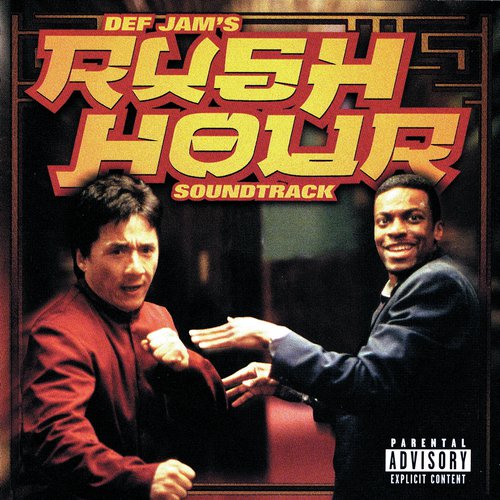


These services may also be noted as having the suffix Some specific peak-hour only bus services are denoted by a "P" prefix where only fares are accepted by tapping on with a go card, with no cash-paid ticket sales.This reduces the traffic load shared by buses and other vehicles, therefore allowing for more capacity for other vehicles on major trunk roads in and out of Brisbane. Busways in Brisbane grade separate a significant amount of bus traffic, particularly on the South and Eastern suburbs using the South East Busway, the Eastern Busway (connects with the South East Busway at Buranda), with some relief on the northern suburbs provided by the Northern Busway, Brisbane.
Rush hour for free in english upgrade#

All suburban trains on the network have two decks for increased capacity. Traffic management by country Australia and New Zealand Ī set on the Sydney Trains network. Staggered hours have been promoted as a means of spreading demand across a longer time span-for example, in Rush Hour (1941 film) and by the International Labour Office. Season tickets or multi-ride tickets, sold at a discount, are commonly used in rush hours by commuters, and may or may not reflect rush hour fare differentials. Similarly, public transport fares may be higher during peak periods this is often presented as an off peak discount for single fares.

Transport demand management, such as road pricing or a congestion charge, is designed to induce people to alter their travel timing to minimize congestion. If there is inadequate capacity, this can make public transport less attractive, leading to higher car use and partly shifting the congestion to roads. The resulting crowding may force many passengers to stand, and others may be unable to board. However, the increase in capacity is often less than the increased number of passengers, due to the limits on available vehicles, staff and, in the case of rail transport, track capacity including platform length. The frequency of public transport service is usually higher in the rush hour, and longer trains or larger vehicles are often used. Peak traffic periods may vary from country to country, city to city, from region to region, and seasonally. The name is sometimes a misnomer, as the peak period often lasts more than one hour and the "rush" refers to the volume of traffic, not the speed of its flow.


 0 kommentar(er)
0 kommentar(er)
